Solar lights refer to a lighting system made up of a combination of an LED lamp, several high-efficiency solar panels, and a battery that uses solar power which charges the deep-cycle or lead-acid battery that supplies energy to the solar light for illumination at night. Most solar lights turn on automatically after dark and usually do not require any significant amount of additional wiring. Studies have shown that most solar lights have been found to save consumers at least fifty percent of the cost of energy when compared to traditional lighting. Solar lights are typically used by individuals to light and beautify their lawns or gardens and this is why it is so aggravating to have your solar lights not working. Read on to learn how to troubleshoot the reason for your solar lights not working and then determine what you can do about them.
If your solar lights are not working, first check the on/off switch to make sure that the solar lights unit has been turned on, especially if you have just purchased a new set of solar lights. The on/off switch is usually located on the rear of the lighting unit.
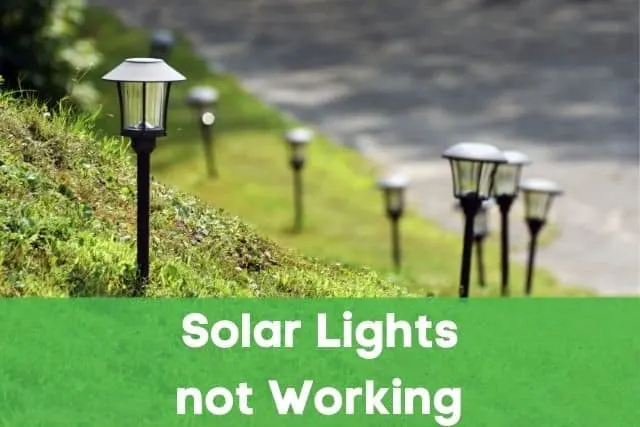
Also, be sure also to remove the pull battery tab if one is present. Clean the battery contacts and insert a new battery if necessary and check for any loose wires which can potentially be re-soldered.
Solar Lights not Working After Rain
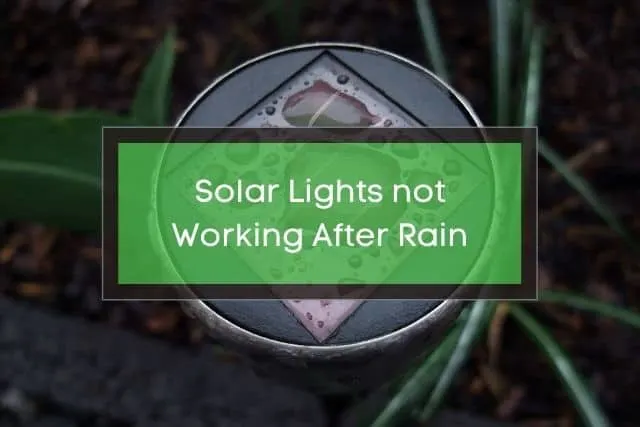
Solar lights are made to withstand rain, but large and sustained amounts of rain can affect the solar light’s functioning of its circuits and wiring. This is especially true if the solar lights are older and the sealants may have become less effective against outside water.
If your solar lights are not working and are not working after rain, check to see if the solar panel has become filled up with rainwater. Detach the panel head from the wall or mounting post and carefully check for water accumulation and water damage.
Solar Lights not Working at Night
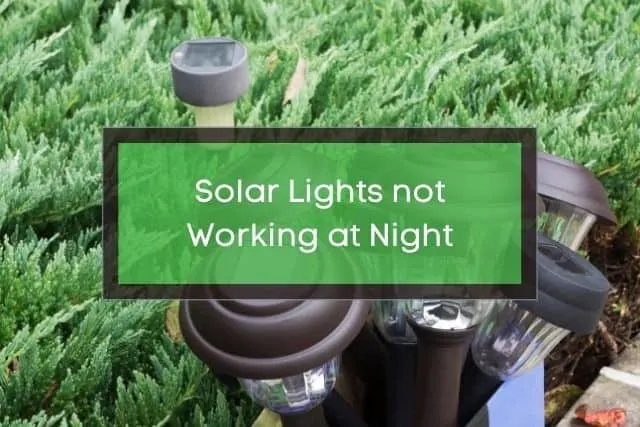
When you purchased your Solar Lights, it was to provide both aesthetic lighting and safety lighting for your family and guests. When your solar lights are not working at night, they need to be fixed quickly. If this issue is happening, it is usually caused by a faulty sensor that is not sensing the difference between day and night.
If your solar lights are not working and are not working at night, first take the solar lights apart and then clean the light sensor with a damp, clean cloth. Use a special electronic cleaner if there is resistant debris. Dry the solar lights fully and then reassemble them.
Test the solar light sensor by covering it with your hands or with a dark cloth and then seeing if the solar lights turn on. If they turn on, your problem is solved. If they do not turn on, you will probably need to replace the entire solar light sensor unit.
Solar Lights not Charging
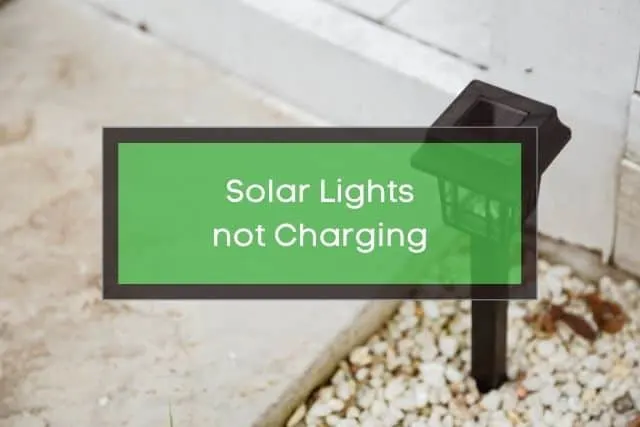
If your solar lights are not charging, it is most likely due to an issue with the solar lights’ batteries. The problem is usually either the batteries are not receiving a charge or they are not able to hold a charge.
If your solar lights are not working and the solar lights are not charging, open up your solar lights and take the old batteries out and replace them with new ones. Check your owner’s manual or check online under Battery Specifications to choose acceptable replacement batteries.
Solar Lights not Bright Enough
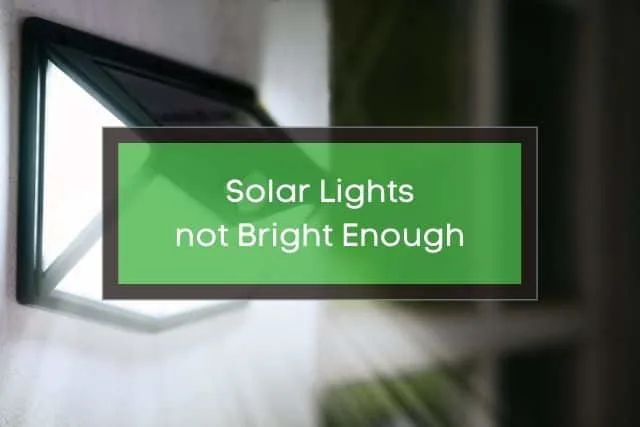
If you find that your solar lights are not bright enough, it is potentially a problem either with the solar lights themselves or with the batteries. Other possibilities include an issue with proper and appropriate sun exposure.
If your solar lights are not working and are not bright enough, first clean the solar panel to take off any debris or dust that could be blocking the sun from streaming onto the photovoltaic cells. Check the batteries to remove any areas of corrosion.
Then, look to evaluate the orientation of sun exposure to the solar lights. Usually, it requires at least six hours of sun exposure, which is direct in order to obtain light for 6 hours. Most owner’s manuals recommend from 8 to 10 hours of direct sunlight.
Make sure there are no obstructions such as trees or large bushes in your yard that could block the direct path of sunlight. Do a survey in four or five different locations in your backyard to scout out the absolute best spot in which to have your solar lights mounted.
This article is owned by SolarPowerGenie.com and was first published on December 2, 2021
If your solar lights happen to have rotating heads, you should be able to alter the angle at which the solar panels are oriented in order to have the most sunlight exposure.
You can also examine the Inductor which controls the brightness of the solar lights. It can be found on the circuit board of your solar lights control board. You can modify the circuit to add more lights to the solar light assembly or you can change the induction value in an effort to add in additional brightness to your solar lights.
Solar Light Sensor not Working
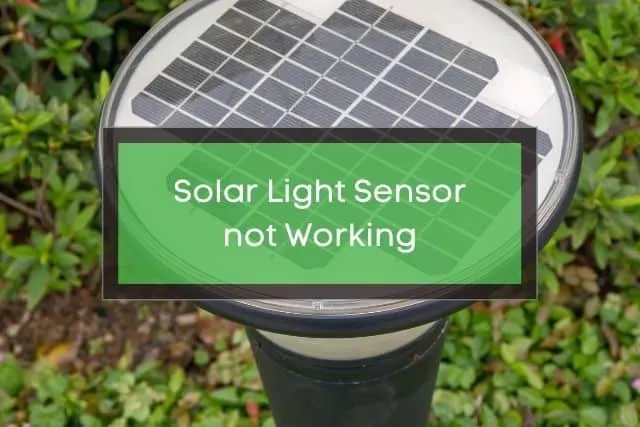
The solar light sensor can be found on the solar light and is responsible for sensing the change in light as it gets darker in order to turn on the solar light. If it is not working, it will affect the entire ability of the solar lights to work. You can examine the solar light sensor by covering it with a cloth to simulate darkness in order to see if it is working properly and turned on normally.
If your solar lights are not working, and the solar light sensor is not working, check for any dirt that is on the sensor. Clean it off and then check it again. Check the thin protective coating on the solar light sensor to see if it has worn off or has become opaque from sunlight.
Related Articles
Do Solar Powered Snake Repellers Work?
This article is owned by SolarPowerGenie.com and was first published on December 2, 2021
